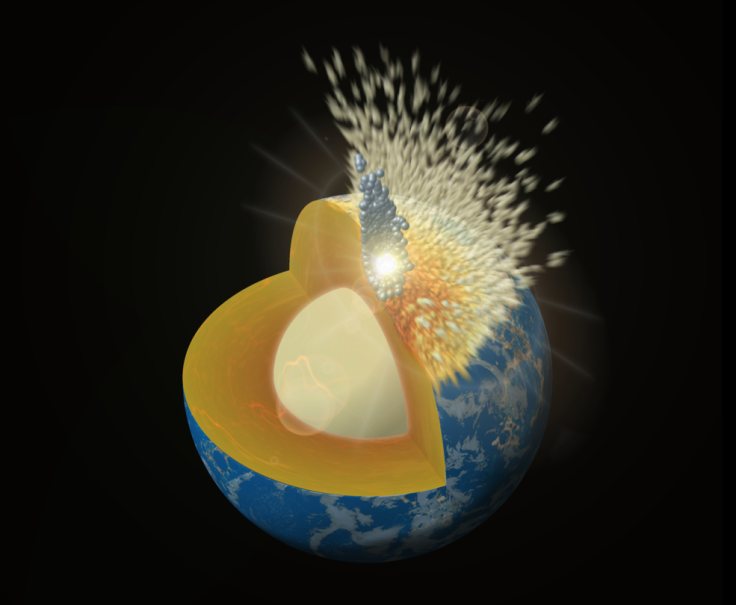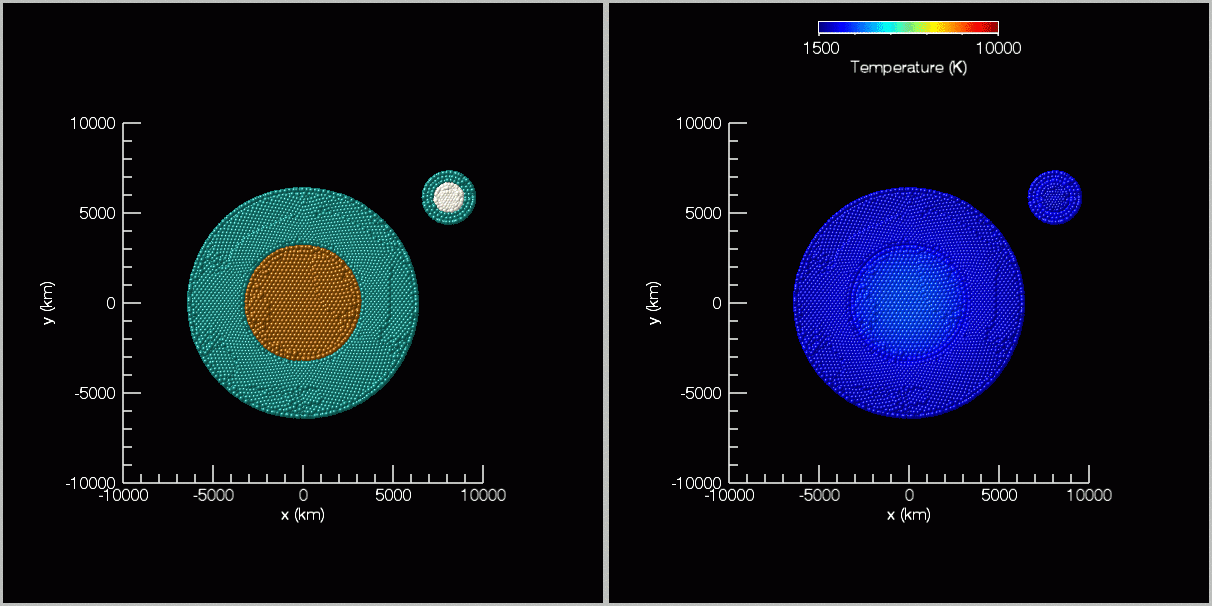Did the gold and platinum in your jewellery come from alien worlds?
Earth took a heavy beating by moon-sized rocks for millions of years.

Planetary collisions that happened during the formation of our Solar System brought in massive amounts of metals such as gold, platinum, and iridium. After the Moon was carved out of Earth, the planet continued to face bombardment from space rocks until about 3.8 billion years ago.
Researchers at the Southwest Research Institute (SwRI), and University of Maryland (UM) in collaboration with Nasa created high resolution impact simulations that show how large celestial bodies crashed into Earth with enough force to either reach the core of the planet, or ricochet off the surface, either way, changing the physical make-up of the entire sphere.
Large bodies that were not able to become planets ended up floating through space and colliding with planets in the early years of the Solar System. Called planetesimals, these were about the size of the Moon, but not large enough to be classified planets. Some of these collisions were vital to the way the mantle and crust of planets were formed, reports Nasa.
During this time period called "late accretion" the Earth experienced several collisions with bodies the size of the moon.
A paper published by the team in the journal Nature Geoscience, details a massive accretion event that happened just after the moon was formed. When it happened, abundant quantities of metals that chemically bond to iron such as gold, platinum, and iridium were planted in Earth's mantle, notes a report by Space.com.
"Based on our simulations, the late-accretion mass delivered to Earth may be significantly greater than previously thought, with important consequences for the earliest evolution of our planet," said Simone Marchi of SwRI.
These collisions caused an addition of approximately 0.5 percent of matter to the Earth's total mass, and a lot of it was carried all the way into the Earth's core, notes the report. The material that did not make it to the core, possibly get spewed back out in into space, either way not settling in the mantle.
"We modeled the massive collisions and how metals and silicates were integrated into Earth during this 'late accretion stage,' which lasted for hundreds of millions of years after the Moon formed," explains Marchi.

"Based on our simulations, the late-accretion mass delivered to Earth may be significantly greater than previously thought, with important consequences for the earliest evolution of our planet," Marchi said.





















